Eltham Palace: London’s Royal Nursery
?Eltham was a once-great medieval palace. During the Tudor period, it was home to the likes of Prince Henry (the future Henry VIII) and his sisters, Margaret and Mary, (both future queens of Scotland and France, respectively). Sadly, through the sixteenth-century, Eltham Palace fell from favour. It was ultimately abandoned and left to decay, falling into a state of complete ruin.
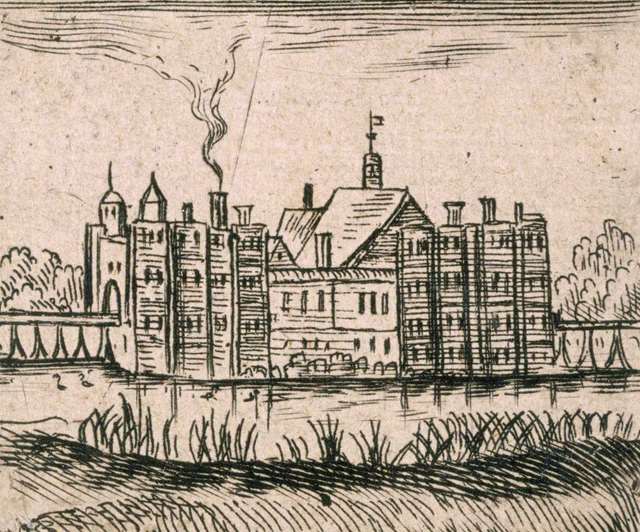
During the beginning of the twentieth century, it was salvaged by London socialites, the Courtaulds, and turned into a fabulous 1930s party house. Thankfully, the Great Hall, the crowning jewel of the old palace, was saved and restored. Today, it can still be visited; history is dripping from its walls. It is exciting to stand where the little Prince Henry famously received the renowned solar, Erasmus, or where Anne Boleyn had one of her famous encounters with the spirited Lady Mary in the now-lost chapel.
I defy you not to be moved by the stories Eltham Palace is waiting to whisper in your ear. You just need to listen!
A Brief History of Eltham Palace
Eltham Palace has its origins in a manor house owned by Odo, who was the Bishop of Bayeux, Earl of Kent, and younger brother of William the Conqueror; it was first mentioned in the Domesday Book of 1086.
Early in the fourteenth century, the manor passed into royal hands, and it soon became a favoured residence of the king and court. During its glory days in the fourteenth and fifteenth centuries, Eltham witnessed much of England’s turbulent history and was treasured by its royal owners as a palace of pleasure, nestled amongst some of the finest hunting ground in the country.
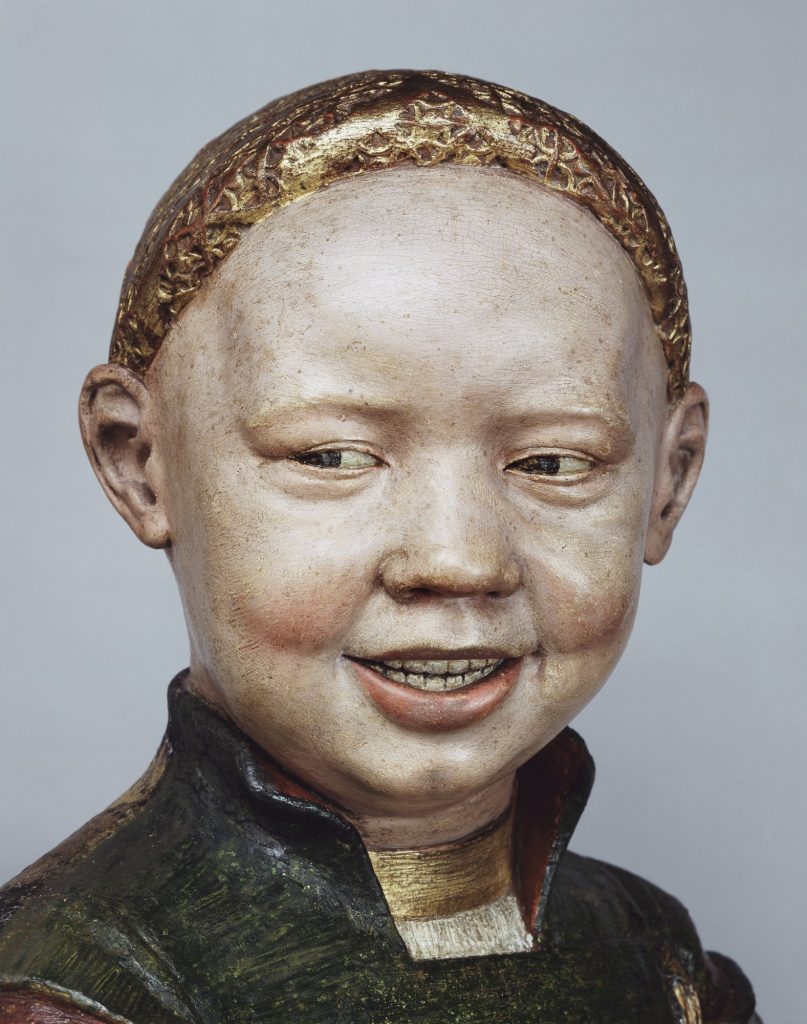
Successive monarchs subsequently enlarged the buildings so that Eltham’s importance grew, until by the reign of Henry VIII, the Palace of Eltham, as it was by then known, was considered one of the king’s five ‘Great Houses’, comparable in size to Windsor Castle, Greenwich or Hampton Court.
Early in Henry VIII’s reign, the king commissioned new works at the palace, including the building of a new, permanent tiltyard to the east of the palace moat, and the construction of new privy apartments for himself in the western range whilst also making alterations to the queen’s lodgings. Finally, he commanded the construction of a new brick-built chapel in the central courtyard.
However, despite this large investment in the fabric of the building, its use as a palace was already in decline. Lying just two miles to the west was Greenwich Palace, constructed by Henry VII at the turn of the sixteenth-century. When Henry VIII succeeded his father in 1509, Greenwich quickly assumed far greater importance than its medieval royal cousin. Consequently, Eltham was increasingly confined to being used as a nursery for royal children, a place of entertainment for important visitors, or as a simple hunting lodge.
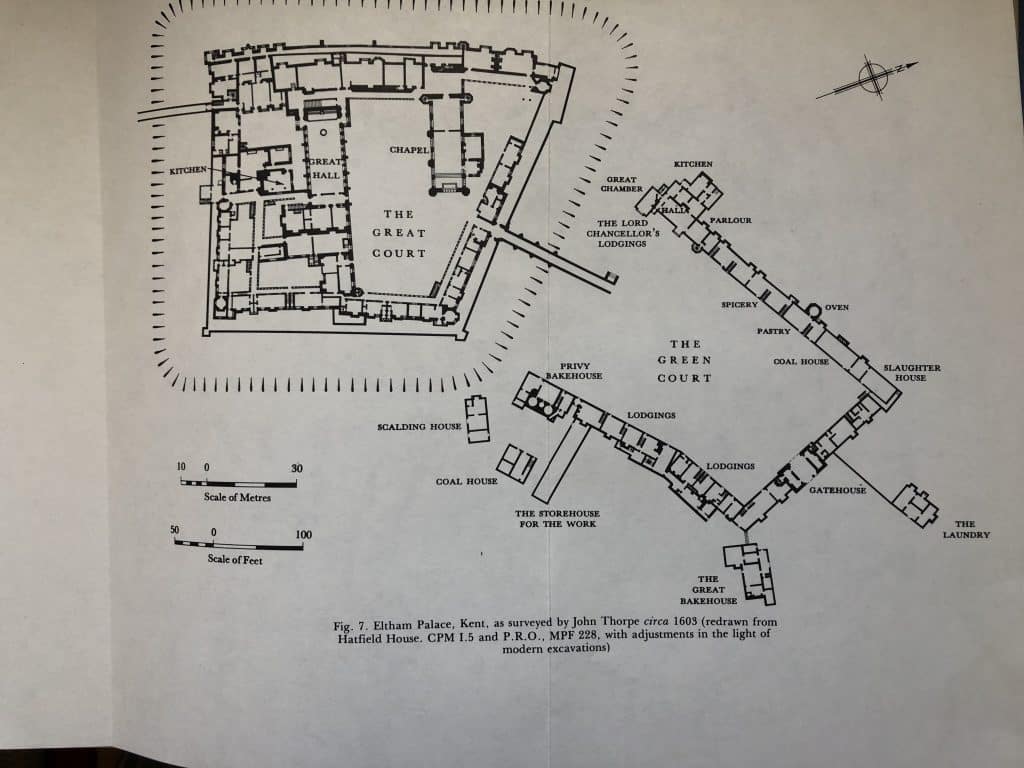
Then, in the 1530s its decline accelerated; with the development of Hampton Court and Whitehall, the court began to move evermore westwards, leaving Eltham to slip further into decay. By the seventeenth-century, the palace was falling into ruin and for 200 years after the Civil War, it was used as a farm. In the 1930s, Virginia and Stephen Courtauld saved the building from complete destruction. Thanks to their efforts, fans of Tudor history are today able to visit the salvaged great hall, originally built by Edward IV in the 1470s, which had almost been lost to the ravages of time.
Anne Boleyn at Eltham Palace
Many king’s and queens have graced Eltham’s palatial rooms and corridors. For those of us who are fans of Anne Boleyn, we can follow in her footsteps to Eltham, where we encounter her there first ‘my Lady Anne’, just prior to her elevation as Marquess of Pembroke, then at the pinnacle of Tudor society as Queen of England.
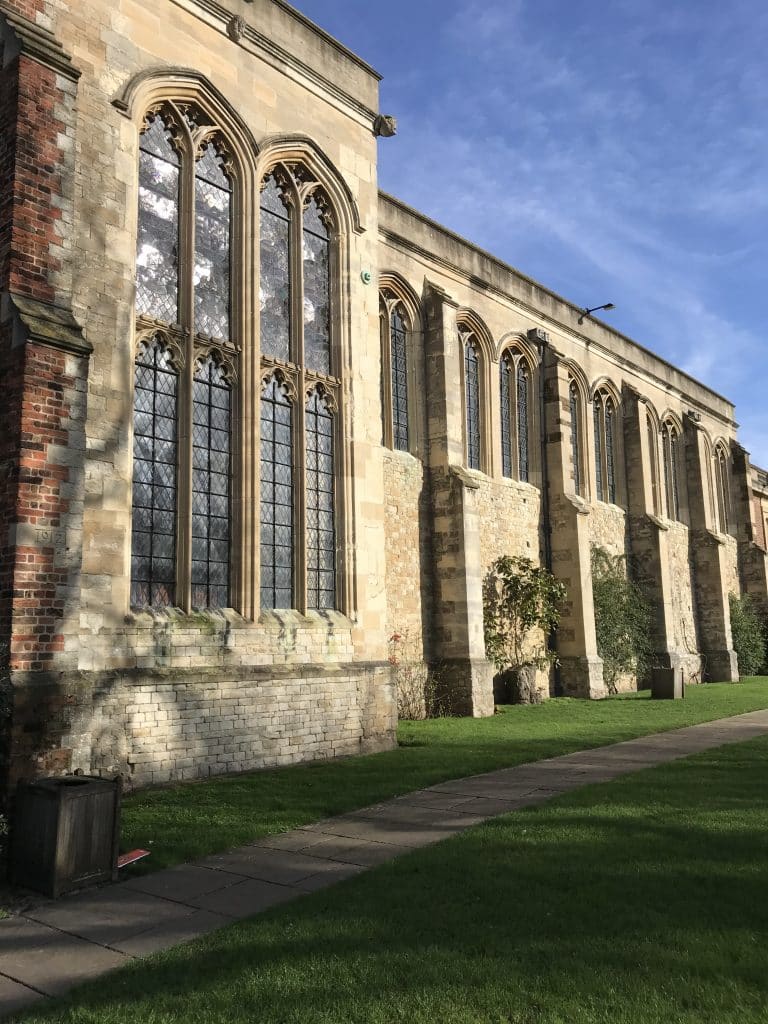
Anne Boleyn stayed at Eltham alongside the king and court in June–July 1532, when we read of her receiving sumptuous gifts of fabrics from the king’s privy purse including: ‘blacke satin for a Cloke’, blac vellute for edging of the same Cloke’, ‘blac vellute to lyne the colar’, ‘blac satin to lyne the sleves’, ‘blac satin for a nightgown, ‘and black taffatta to lyne the same gown’. One suspects that Anne was being dressed as a queen, preparing her wardrobe for the historic trip to Calais later that year.
The couple were then back at Eltham on 24-25 November of the same year, when they lodged there on their way back from the aforementioned meeting with Francis I. By this time, Anne had been elevated to Marquess of Pembroke. The king and his lady must have been jubilant; the trip was being heralded as a triumphant success. Francis had acknowledged Anne’s position as Henry’s consort and pledged to support them in their petition to the Pope, urging the Holy Father to have Henry’s marriage to Katherine annulled.
What is more, most historians agree that at some point during their stay in Calais, or on their way back to London, the couple slept with each other for the first time. One cannot help but imagine that this must have been one of the happiest times in Anne’s life. Everything that she had been striving for over the previous six years was finally coming to pass and the world must have seemed to lie at her feet.
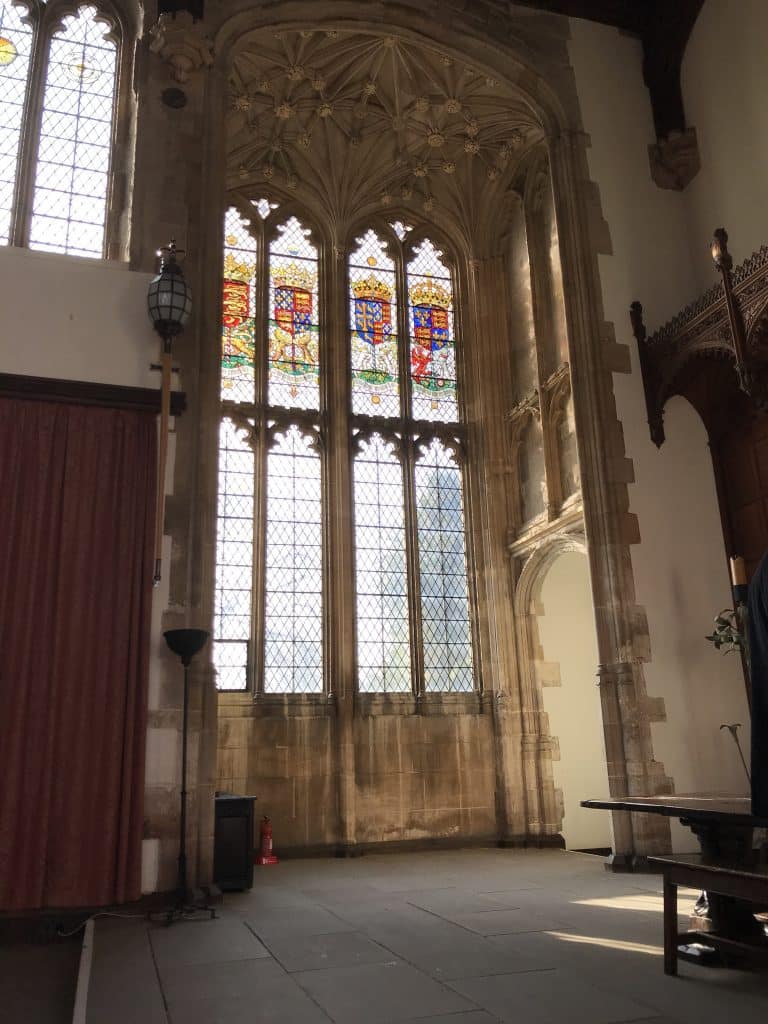
Then, after Anne became queen, Eltham was one of the palaces to be used as a royal nursery for the infant Princess Elizabeth, born on 7 September 1533. Thus, the court was there at both Easter 1534 and three months later in July. On both occasions, Anne, who was ever a doting mother, must have been happy to be in the company of the little princess.
However, it was during the first of these visits that Anne and the king’s contumacious elder daughter, Mary, infamously quarrelled after the two ladies had found themselves hearing Mass at the same time in the chapel at Eltham.
The story goes that Mary curtsied toward Anne before leaving to return to her rooms. Anne did not see the gesture, but it was subsequently reported to her. Interpreting it as a rare show of goodwill, Anne sent a conciliatory message returning the courtesy, along with a friendly missive that was no doubt meant to be an olive branch of peace. However, when the message was relayed to Mary at dinner, she was reported to have replied rudely,
‘the Queen could not have possibly sent it; nor is it fit that she should, nor can it be so sudden, Her Majesty being so far from this place…you should have said that the Lady Anne Boleyn had sent it for I can acknowledge no other Queen but my mother, nor esteem them her friends who are not hers…as for the reverence that I made, it was made only to the her [the Lady Anne] maker and hers alone, and that she had been deceived to think otherwise.’
Anne was undoubtedly hurt, frustrated and furious. Following on from a similar incident at Hatfield only a few months earlier, the queen once again threatened to bring down Mary’s high spirit.
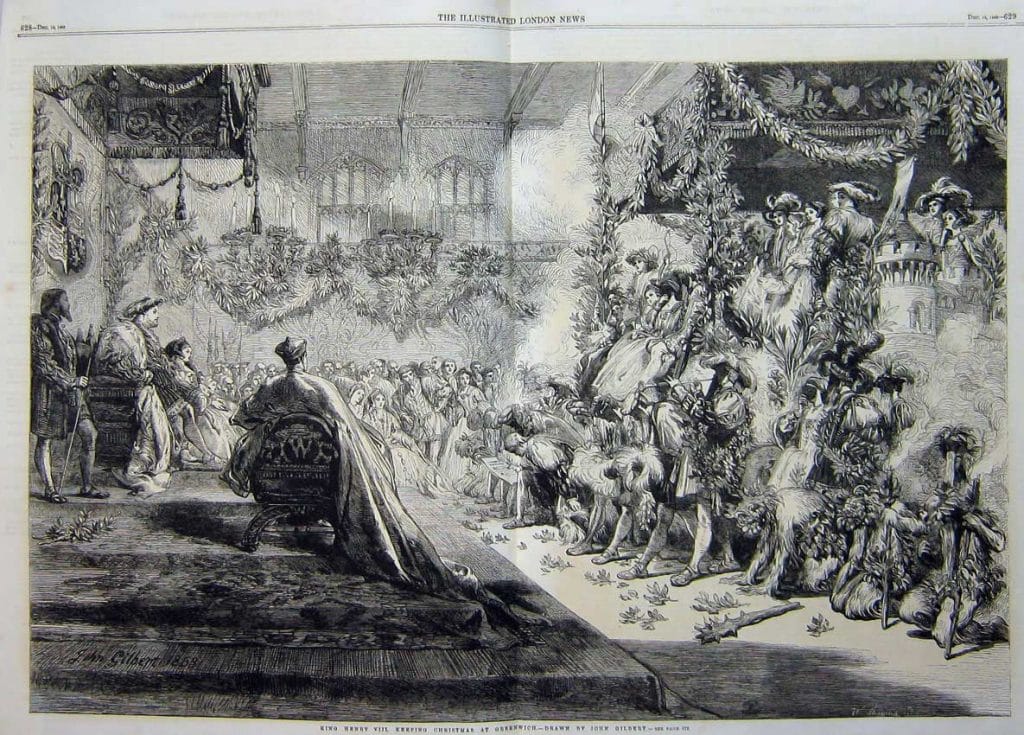
Finally, the king and court spent Christmas at Eltham in 1535. Once more, Anne must have been both relieved and overjoyed as, by that time, she knew that she was once more pregnant.
However, her joy was short-lived as only five months later, the court and City of London would be scandalised to hear the allegations that Anne had had sex with her brother at Eltham during that festive season. This was shocking enough, but even more repulsive given the fact that the queen was enceinte! Anne would never see Eltham Palace again and Henry spent increasing amounts of time at palaces such as Whitehall and Hampton Court.
As one of the most cherished palaces of the medieval age was abandoned and increasingly neglected. Like many royal houses, including Greenwich palace, it was a casualty of the fall of the monarchy during the English Civil War. It eventually fell into ruins; the State had no appetite for maintaining the many grand, royal palaces and houses once owned by the all-powerful Tudors.
Visiting Eltham Today
When making a pilgrimage to the remains of Eltham Palace today, the street names around the main gate whisper to visitors of its ancient past, such as ‘Court Yard’ and ‘Tilt Yard Approach’.
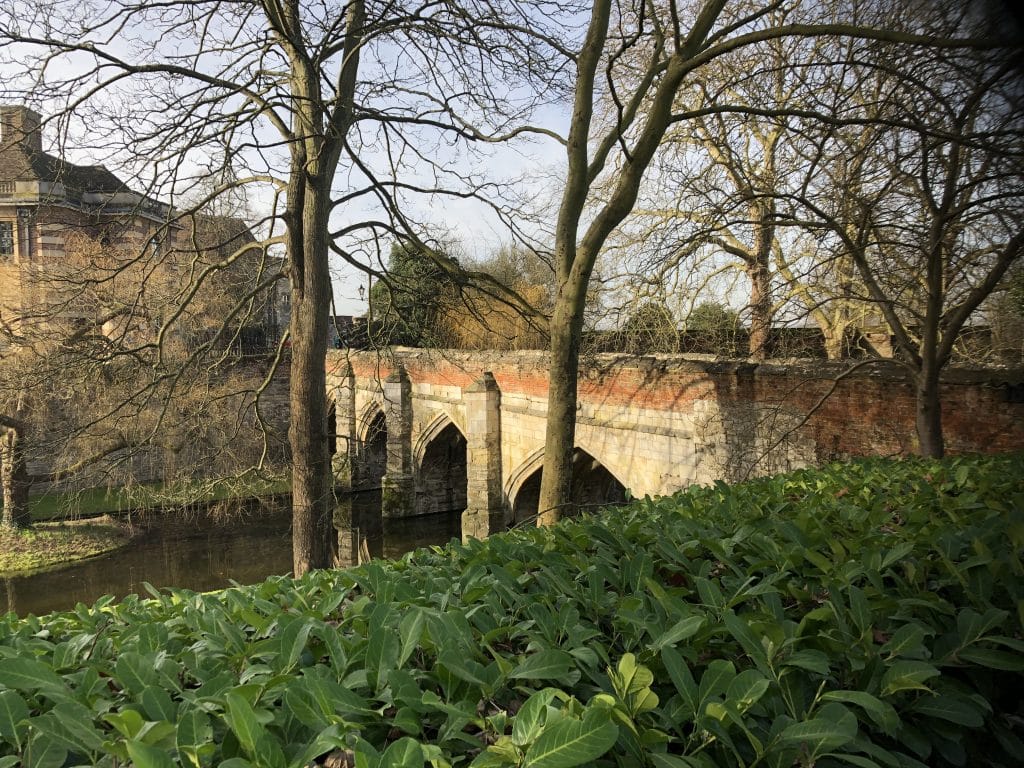
The former alludes to the fact that the area lying outside of the moat, directly in front of the main gates was once occupied by a huge outer courtyard called ‘The Green Court’, which was flanked on the north, east and west sides by service buildings (see site map above). The second refers to the aforementioned tiltyard, lying to the east of Green Court. Note that just before you cross the bridge to your right is an extant building from the earlier palace. This building is called, ‘The Chancellor’s Lodgings’, where Chaucer, Wolsey and Thomas More are known to have stayed in their time.
The north stone bridge built originally by Richard II in 1396 and enhanced in brick by Edward IV in the fifteenth century, is enchanting and conveys a sense of the grandeur of the palace that once existed; its four stone arches span one of the widest moats in England, reaching nearly 100 feet across on the south side.
Many people come to Eltham to visit one of the finest art deco houses in the country. These buildings sit roughly on top of what was once a vast range of courtier lodgings running around the north-east edges of the original Great Court. You might want to start here, and although the art deco house is interesting, as a Tudor enthusiast you will no doubt be making a bee-line for the restored Great Hall. Whilst not quite as grand, it is certainly reminiscent of the Great Hall at Hampton Court Palace. Many a king and queen have feasted here, and you might imagine Erasmus arriving to be greeted by the young and precocious Prince Henry in 1499.
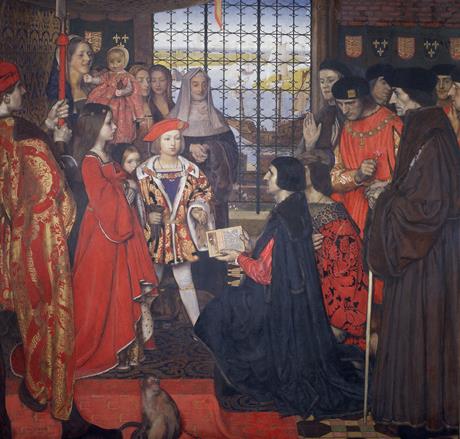
Once back outside, make your way to the Courtauld’s turning circle, outside the house, which roughly marks the centre of the original inner court. In front of you lies the Great Hall. Whilst facing the hall, turn to your right; close to where you are standing would have been the east end of the chapel in which the famous incident between Anne and the Lady Mary took place in 1534. A tree now stands on the lawn over the site of its remains.
If you walk over to your right, you will come upon the exposed remains of the west range, which once contained the queen’s privy apartments to the north (the end of the range closest to where you entered the turning circle from the main entrance), and the king’s to the south. Therefore, standing in the north-west of the inner courtyard means we are looking down on the remains of the queen’s apartments.
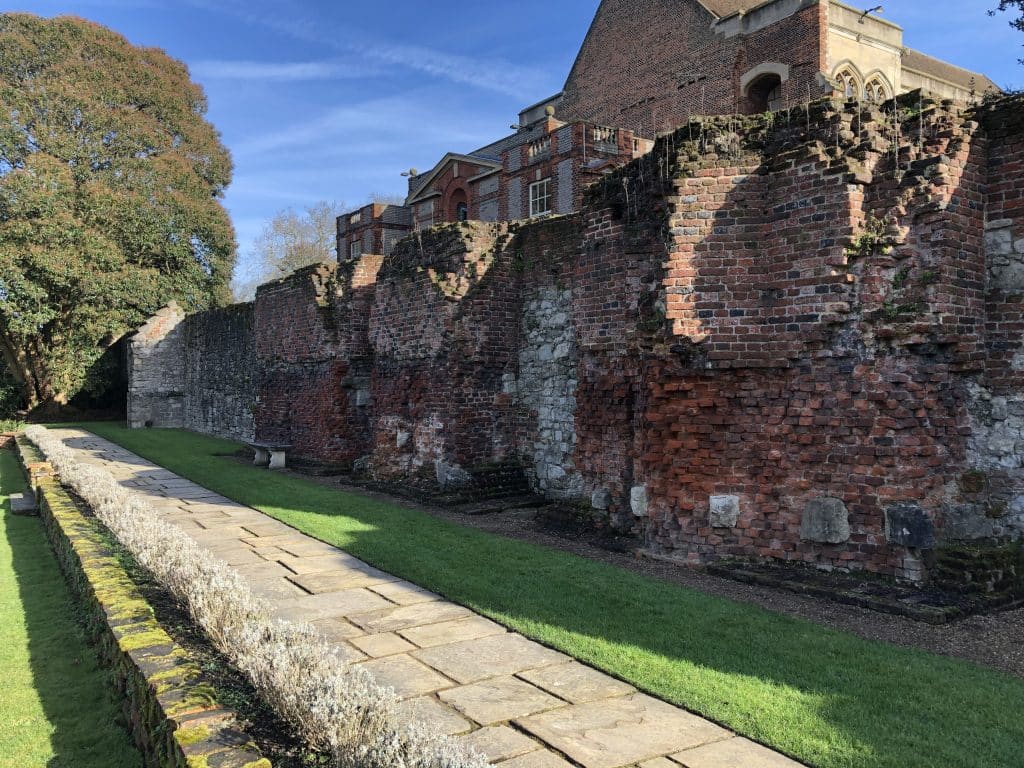
As you stand there, you will notice that the palace stood proudly atop of some of the highest ground in the neighbourhood – excepting nearby Shooter’s Hill. Views from the royal apartments must have been magnificent, looking down across a broad and beautiful landscape that stretched out to the west.
Two miles away in the distance would have once been the bold and finely wooded outline of Greenwich Park, whilst further in the distance, it was possible to trace out the spire of the gothic cathedral of St Paul’s and the lofty roof of Westminster Abbey.
Eltham Palace has an easy charm. Somehow, even though London stands silhouetted against the horizon just a mile or so away, it is easy to feel that you are tucked away in a peaceful idyll that somehow, despite the neglect and abandonment by its former royal patrons, still speaks easily of happier times at the centre of English sovereign power.
The Tudor Travel Show Tours Eltham Palace
In February 2020, The Tudor Travel Guide toured the palace with Head Curator at English Heritage, Jeremy Ashby. Hear the conversation over at The Tudor Travel Show on Podbean.

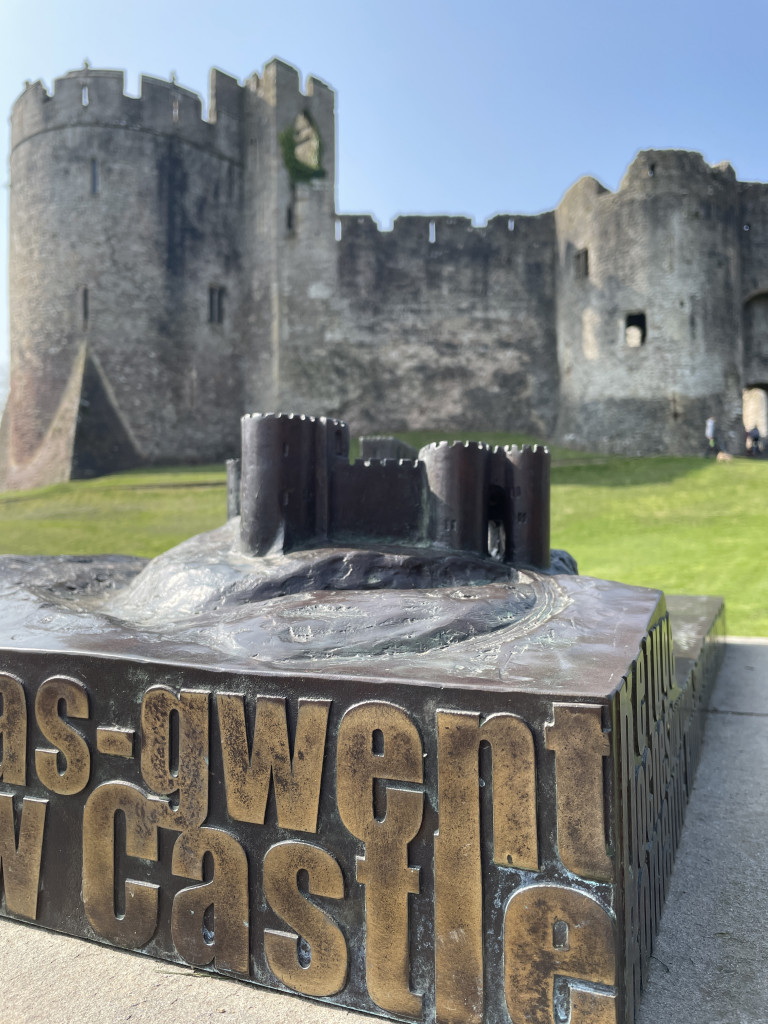
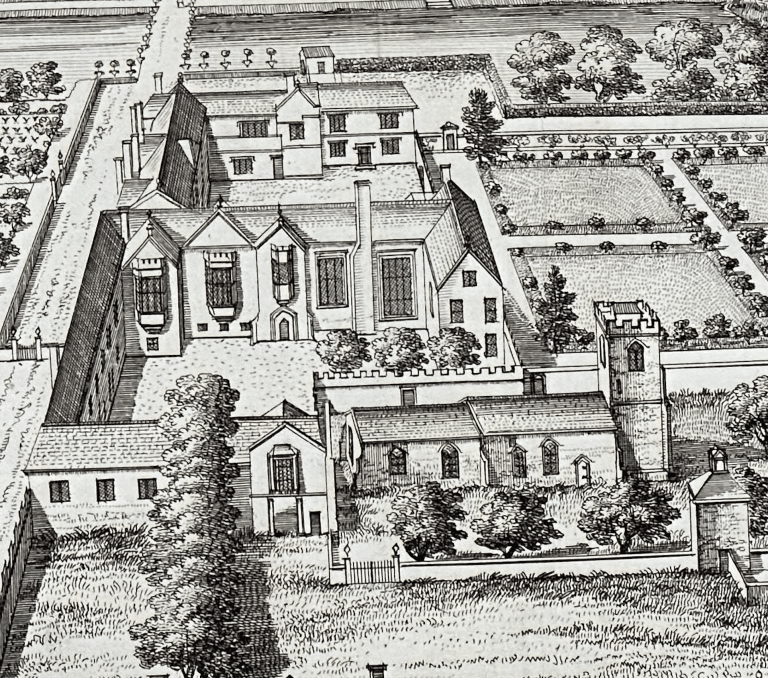
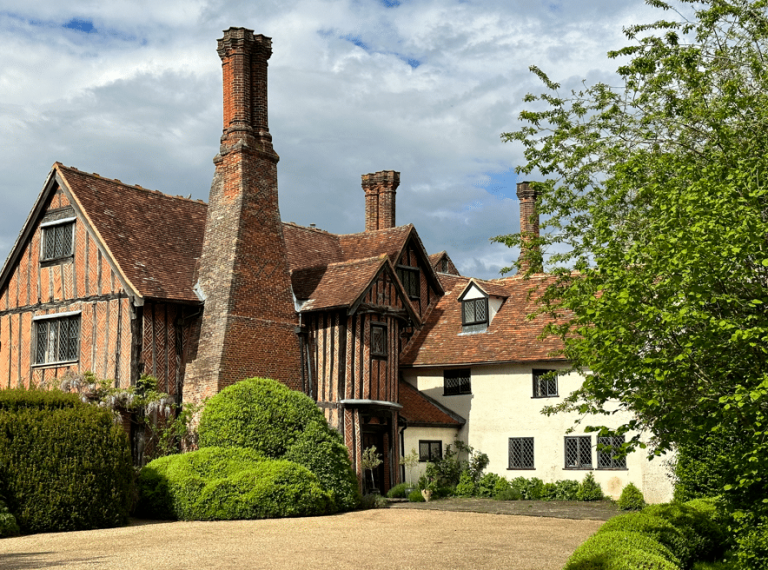
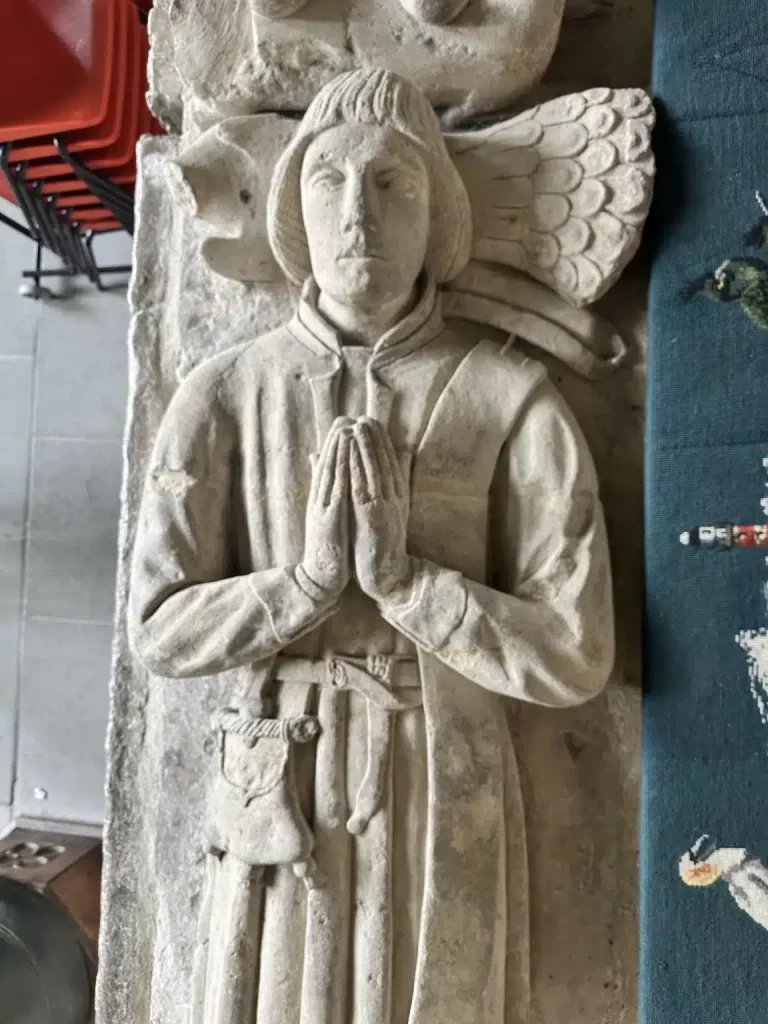
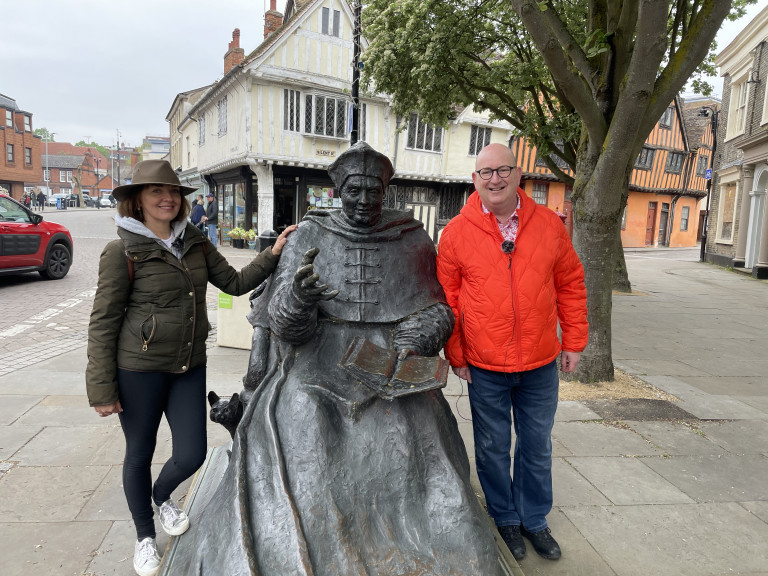
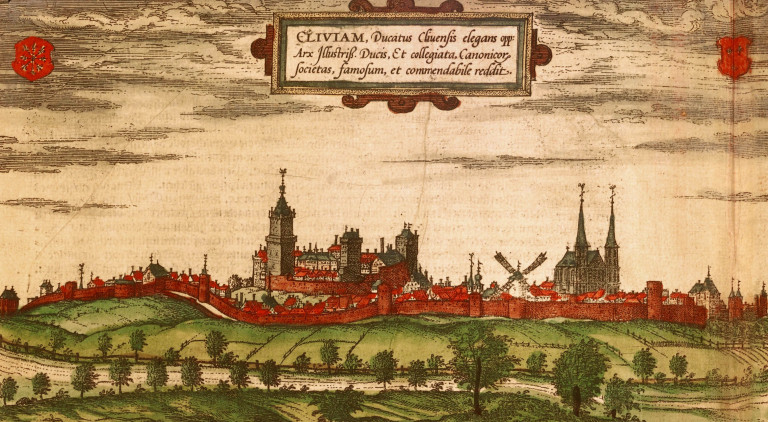
I spent a most enjoyable day at Eltham Palace and loved it. I was unsure if the Art Deco house would be to my taste but I ended up appreciating it too.
Hi Susan, Lovely for you to drop by and read there blog…Eltham seems a much-loved place. Quite a few people have emailed to say how much they enjoyed visiting and what a good vibe it has.
Ve?mi pekné ?akujem
Pekný a zaujímavý palác s bohatou históriou